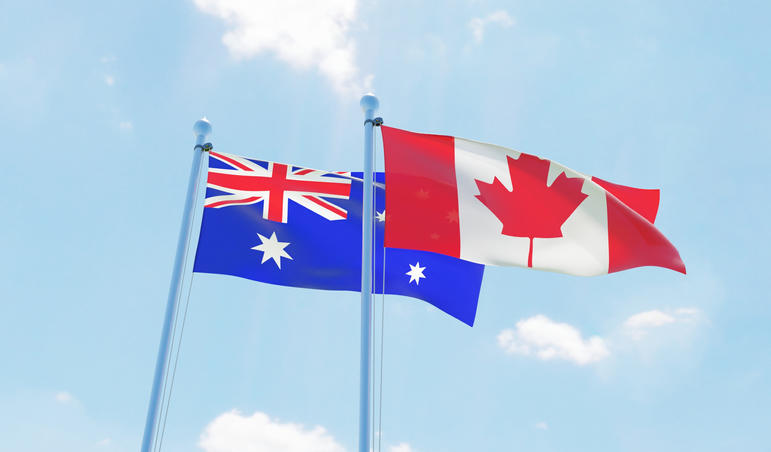Copyright Star Tribune

The authors of the Oct. 24 commentary “Minnesota should reject burning trees and trash for electricity” suggest the current direction of climate action coming out of Washington, D.C., is playing out in Minnesota’s Public Utilities Commission (PUC) as it works to implement the state’s carbon-free standard for electricity. But that is far from the truth. State Sen. Nick Frentz, chair of the Energy, Utilities, Environment, and Climate Committee and chief author of the Minnesota law calling for 100% Clean Energy by 2040, said as much in his letter to the PUC: “To successfully pass this law, we brought together utilities, labor groups and environmental advocates who all understand the need for our state to take this transformative step in a way that will actually work for our state’s future. The inclusion of biomass, including waste-to-energy, as an eligible energy technology … was a deliberate choice. … The goal of the 100% Clean Energy law is to move us forward in our fight to mitigate the worst costs of climate change. It’s better for our climate goals to allow waste-to-energy, because the landfill alternative is worse — both from a ratepayer cost standpoint and a carbon emission reduction standpoint.” If we take a broader view of climate risks beyond just carbon dioxide, the amount of methane reduced by keeping waste out of landfills is significant compared with the amount of carbon created by waste-to-energy facilities. Methane is 28 times more potent in damaging our climate than is carbon dioxide. Wood waste is not just “a temporary challenge in the metro area.” The emerald ash borer has spread across the state to infest 59 out of 87 counties so far. For some communities, the only option to address the excess wood waste is open burning, a solution with far more detrimental climate and environmental impacts. From severe weather to the next invasive pest, our communities will be dealing with wood waste challenges for the foreseeable future. Transformative policies like the Packaging Waste and Cost Reduction Act, which requires all packaging, food packaging and paper products in Minnesota to be refillable, reusable, recyclable or compostable by 2032, is another great example of how Minnesotans excel at finding solutions in compromise. Counties that use a waste-to-energy model were at the forefront of that effort, moving Minnesota forward in reducing the amount of garbage created across the state. Putting hundreds of thousands of tons of waste in landfills across Minnesota every year is not sustainable and risks our climate’s health and expensive cleanup of contaminated groundwater. The goal is not to compete with wind and solar for efficiency. We are all working toward a better future with reduced climate impacts and a healthier environment. We look forward to being partners with the Sierra Club, CURE, and the Minnesota Environmental Justice Table in advocating for policies that move us toward a shared goal of a circular economy that reduces the thousands of tons of waste that come through our doors every day.



